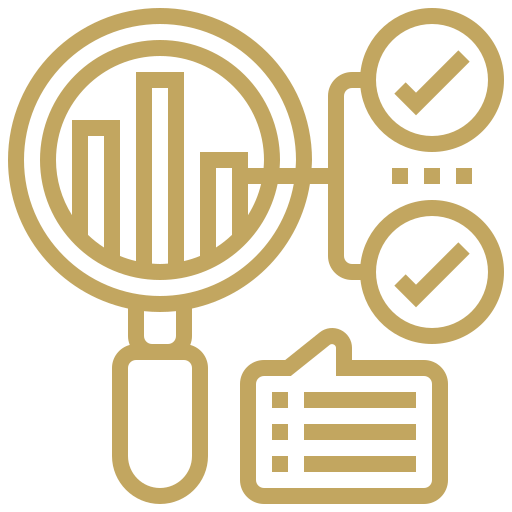Use Case

Optimizing Supply Chain Efficiency through Data Analytics
Background
Challenges
Inventory Management
The company struggled to strike the right balance between overstocking and stockouts, leading to excess carrying costs and customer dissatisfaction.
Production Delays
Frequent production delays and disruptions were affecting their ability to meet customer demand and delivery schedules.
Operational Costs
Rising operational costs were impacting their profitability, and they needed ways to reduce expenses without compromising quality.
Strategy
The company embarked on a data analytics journey to gain deeper insights into their supply chain operations and make informed decisions. Here’s how they implemented their strategy

Data Collection and Integration
Gathered data from various sources, including production systems, supplier databases, inventory records, and customer orders. - Integrated this data into a centralized data warehouse to ensure data consistency and accuracy.

Predictive Analytics
Utilized predictive analytics models to forecast demand accurately, allowing for optimized inventory levels and reduced carrying costs. - Implemented predictive maintenance models to identify potential equipment failures, minimizing production delays.

Prescriptive Analytics
Employed prescriptive analytics to optimize routing and scheduling for deliveries, reducing transportation costs and improving delivery times. - Leveraged prescriptive analytics for supplier selection and negotiation to minimize costs and improve supplier relationships.

Visualization and Reporting
Developed a user-friendly dashboard that provided real-time visibility into key supply chain metrics, allowing for quick decision-making. - Regularly generated reports and visualizations to track performance against KPIs and identify areas for improvement.
Strategy
The company embarked on a data analytics journey to gain deeper insights into their supply chain operations and make informed decisions. Here’s how they implemented their strategy

Data Collection and Integration
Gathered data from various sources, including production systems, supplier databases, inventory records, and customer orders. - Integrated this data into a centralized data warehouse to ensure data consistency and accuracy.

Predictive Analytics
Utilized predictive analytics models to forecast demand accurately, allowing for optimized inventory levels and reduced carrying costs. - Implemented predictive maintenance models to identify potential equipment failures, minimizing production delays.

Prescriptive Analytics
Employed prescriptive analytics to optimize routing and scheduling for deliveries, reducing transportation costs and improving delivery times. - Leveraged prescriptive analytics for supplier selection and negotiation to minimize costs and improve supplier relationships.

Visualization and Reporting
Developed a user-friendly dashboard that provided real-time visibility into key supply chain metrics, allowing for quick decision-making. - Regularly generated reports and visualizations to track performance against KPIs and identify areas for improvement.
Results
The implementation of data analytics had a profound impact on supply chain operations:
-
Inventory Optimization
Reduced excess inventory by 25% while ensuring stockouts decreased by 20%. This led to significant cost savings.
-
Production Efficiency
Predictive maintenance reduced equipment downtime by 30%, resulting in fewer production delays and improved on-time deliveries.
-
Cost Reduction
Operational costs decreased by 15%, primarily due to optimized routing, supplier negotiation, and reduced inventory carrying costs
-
Improved Decision-Making
Real-time data visibility empowered the company to make quicker, data-driven decisions, reducing response times to supply chain disruptions.
-
Enhanced Customer Satisfaction
Reliable delivery schedules and improved product availability resulted in increased customer satisfaction and loyalty.
Conclusion
Successful implementation of data analytics in its supply chain operations not only optimized efficiency and reduced costs but also enhanced customer satisfaction. By leveraging predictive and prescriptive analytics, they were able to make more informed decisions, streamline their operations, and gain a competitive edge in their industry. This case study showcases the transformative power of data analytics in tackling complex supply chain challenges and achieving tangible business benefits

